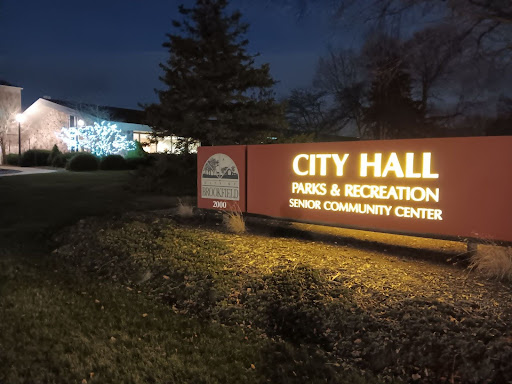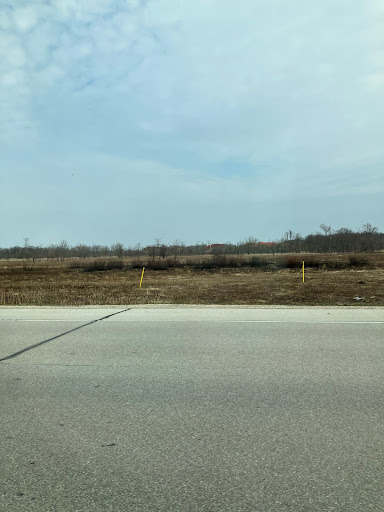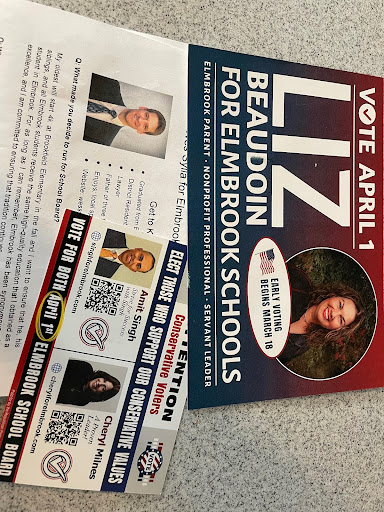
During the heat of the 2024 President Election on November 2nd, NBC called the state of Wisconsin in favor of Republican Candidate and former president Donald Trump. Trump won in 59 out of the 72 counties and finished with 49.6% of the popular vote, aligning with media predictions.
Leading up to the election, Wisconsin had been labelled as a key swing state whose 10 electoral votes would boost either side’s chances of winning. Consequently, both Trump and his opponent, Democratic candidate Kamala Harris, had invested significantly into campaigning over the span of several months. Each side has aired slews of television ads and garnered support from local celebrities and leaders such as Brett Favre and Barack Obama. Harris and running mate Tim Walz made a total of seven visits to the state, and focused their events in large counties such as Milwaukee and Dane. Harris aimed to flip dissatisfied Republican voters and invoke Wisconsin pride through initiatives such as ‘Badgers for Harris-Walz’. In comparison, Trump only held five in-person rallies and chose to rely on the work of local Republican politicians to maintain his current level of support. His campaign attacked the shortcomings of the Biden administration and championed women’s rights.
Although Wisconsin has always drawn the attention of Presidential candidates, it was not until the beginning of the ‘Trump Era’ that it gained a new level of significance in elections. Wisconsin had historically been a part of the Democratic party’s blue wall along with neighbors Minnesota and Illinois. The 2016 election marked the first Republican victory there since 1984. This was blamed on a lack of marketing by former Democratic nominee Hillary Clinton, and what resulted was redoubled Democrat campaign spending in the following 2020 election, where current president Joe Biden beat out the Trump administration to win back Wisconsin. However, the polls that were released in anticipation of November seemed to indicate that voters were once again conflicted on who to support.
“I don’t think this is going to be a blowout. Obviously, I think it’s going to be within a couple of points, but I think Kamala is going to win”, spoke Democratic Senator Kelda Roys when asked about her confidence in a Wisconsin victory. The anxiety was mutual on both sides. Brandon Maly, the Republican Chairman of Dane County, noted the close margins of voter identity and the advertising that would be necessary to sway them: “Large swaths of voters are not hearing any Republican messaging. We need serious candidates to spend money on this media market”.
The race to secure Wisconsin proved to be as tight as imagined; when NBC called the state in favor of Donald Trump, he had only 30,000 more votes than Harris. This difference of less than one percent drew extremely mixed reactions from Wisconsinites. The only thing that united them at this point, according to Pewaukee resident Kurt Croll, was their surprise at how rapidly everything had happened: “I was just shocked that it turned out this way, and even thought that it was going to take two weeks or something to get a result”.
News Outlets such as The Guardian and CNN have retrospectively declared Wisconsin as one of the most crucial states to Trump’s success, indicating that it will continue to be a center of national attention in the coming midterms.



